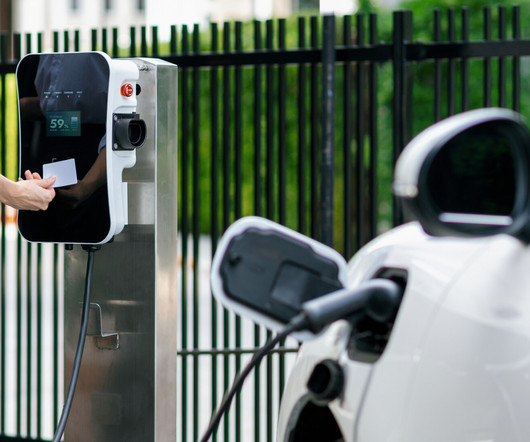SoCal Edison white paper shares data about PEV usage and charging
Green Car Congress
AUGUST 6, 2013
The paper, “Charged Up: Southern California Edison’s Key Learnings about Electric Vehicles, Our Customers and Grid Reliability,” shares information based on customer data and utility operations gathered since SCE began to prepare the distribution system and its customers for widespread electric vehicle (EV) adoption in its service territory.













Let's personalize your content